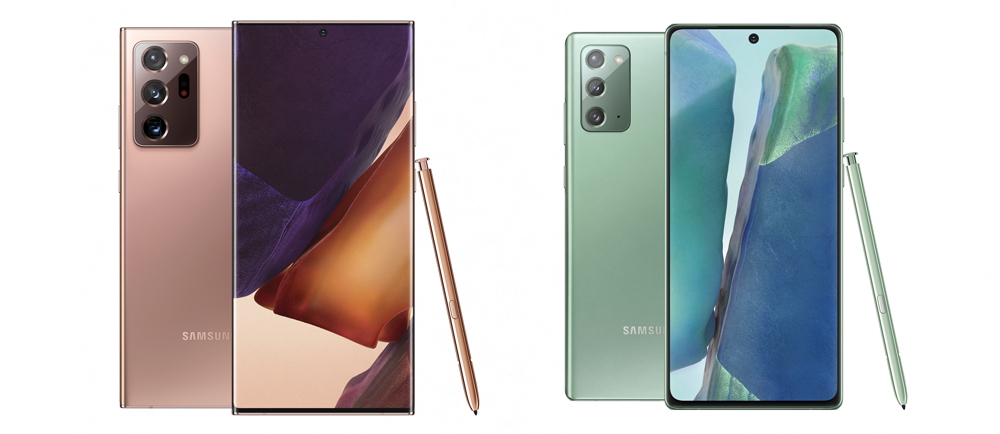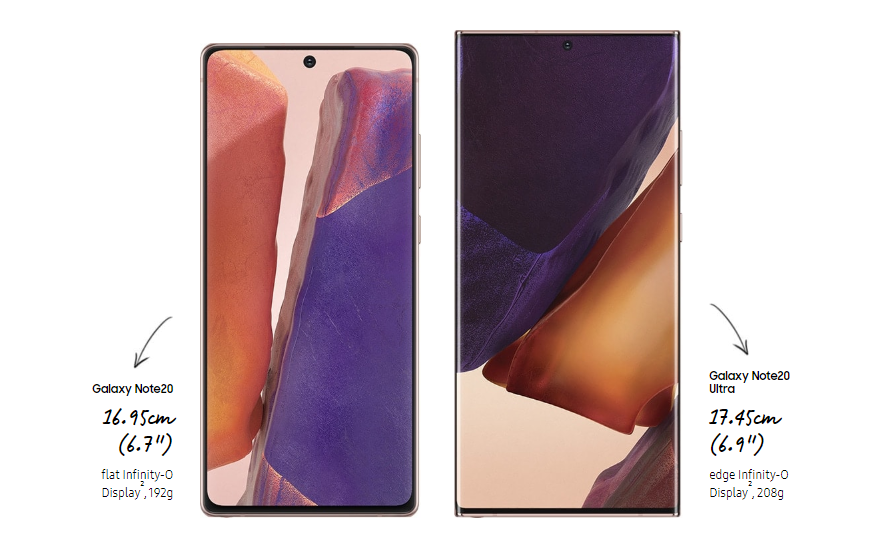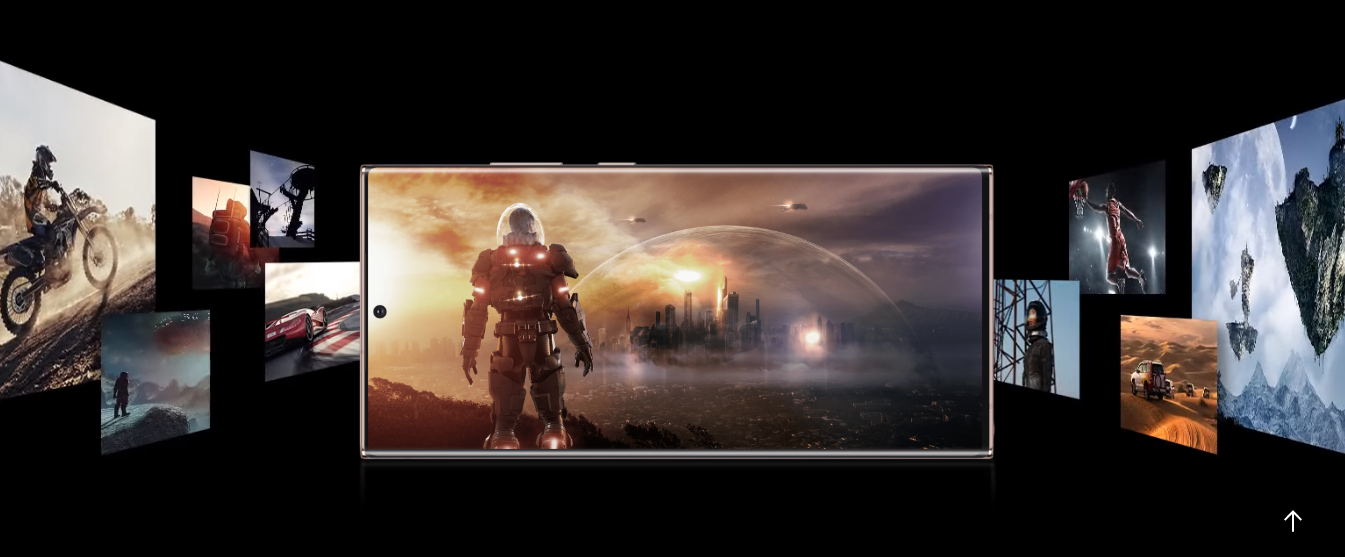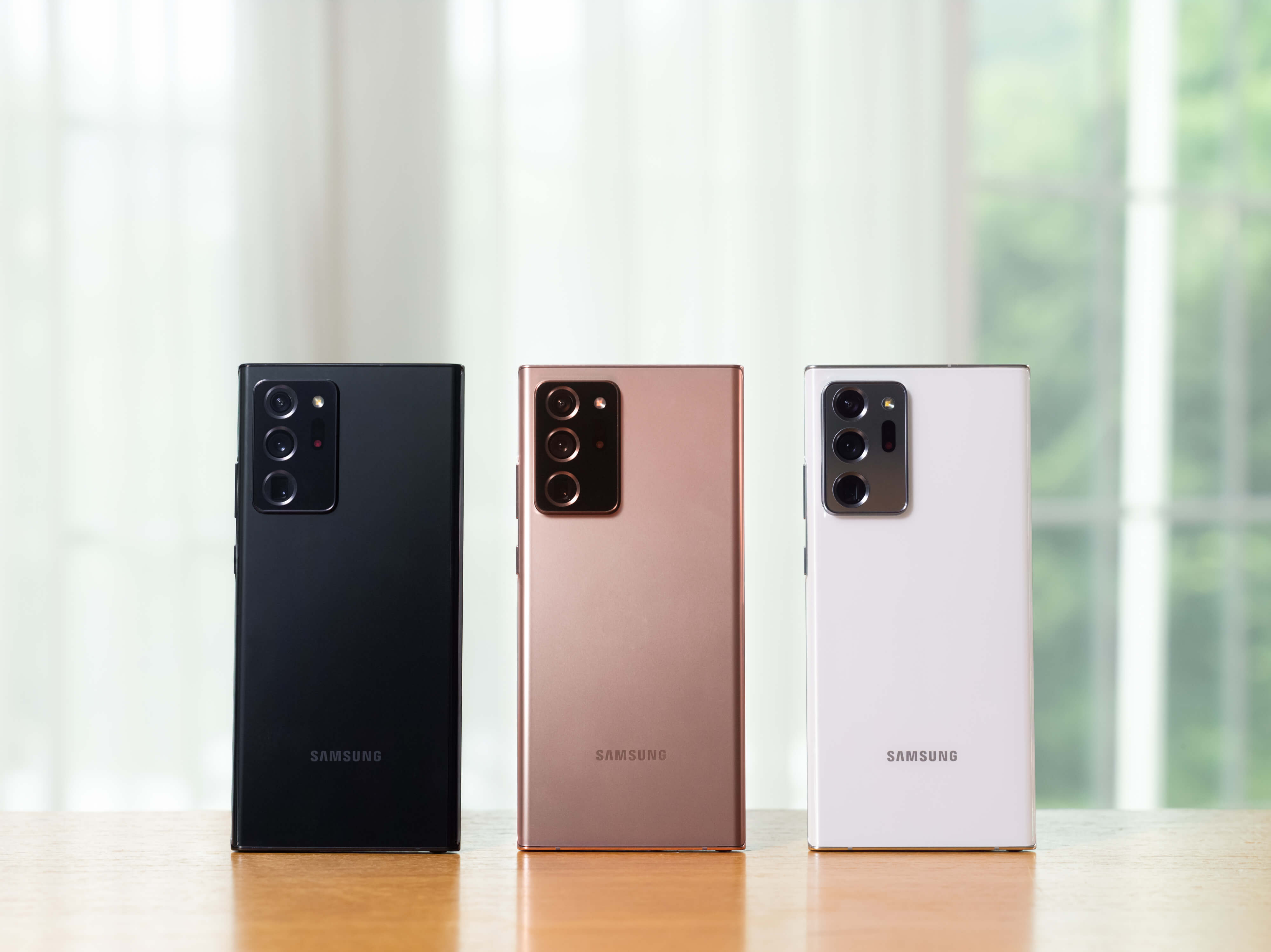Last Updated on October 6, 2022 by Rupesh Patil
Samsung unveiled its brand new smartphones, tablets, and wearable devices earlier this month. The Galaxy Note 20 and the Galaxy Note 20 Ultra bring better designs, vastly improved specs, and various new features. The phones are already available for pre-order in India via Amazon, Flipkart, and Samsung’s own online store. If you have been looking forward to buying a new premium smartphone but are confused between the Galaxy Note 20 and the Galaxy Note 20 Ultra, we’re here to help.
Everyone has different needs, and might prefer one feature over the other. You might prefer the Galaxy Note 20’s compact body while your friend might prefer the Galaxy Note 20 Ultra’s bigger screen and higher refresh rate. However, there are other aspects of the phones that can be looked upon more objectively. So, let’s understand the differences between the two phones to know which is a better buy.
Bigger Screen vs. Compact Body
The Galaxy Note 20 has a 6.7-inch Super AMOLED display with Full HD+ resolution, 60Hz refresh rate, HDR10+, and Gorilla Glass 5. The Galaxy Note 20 Ultra, on the other hand, has a larger 6.9-inch Dynamic AMOLED display with a QHD+ resolution, 120Hz refresh rate, HDR10+, and Gorilla Glass Victus.
If you want a phone with a high-refresh screen, you have no option but to go with the Galaxy Note 20 Ultra. However, the Galaxy Note 20 Ultra might be too big for some due to its 6.9-inch display. If you prefer a smaller and more compact body, you should choose the Galaxy Note 20. The Galaxy Note 20 has a smaller screen and its resolution tops out at Full HD+, which also results in better power efficiency.
Which Phone Has A Better S Pen?
Although both phones come with an S Pen stylus, the Galaxy Note 20 Ultra’s S Pen performs slightly better. The Galaxy Note 20 Ultra’s S Pen has 9ms latency, while the Galaxy Note 20’s S Pen latency is rated at 26ms. If you’re an artist or someone who cares a lot about the performance of the stylus, the Galaxy Note 20 Ultra is a relatively better choice as it offers a real pen and paper-like feel, thanks to lower latency and higher display refresh rate.
Laser Autofocus vs. Dual-Pixel Autofocus
Both phones have 10MP selfie cameras and triple rear-facing camera setups. However, the Galaxy Note 20 Ultra has a larger sensor and a better telephoto camera. Here are the camera setups on the two phones:
| Samsung Galaxy Note 20 | Samsung Galaxy Note 20 Ultra | |
|---|---|---|
| Selfie Camera 10MP, Dual Pixel PDAF, 4K 60fps videos |
Selfie Camera 10MP, Dual Pixel PDAF, 4K 60fps videos |
|
| Rear Camera Main: 12MP, F1.8, Dual Pixel PDAF, 1.8µm pixels, OIS, 4K 60fps and 8K 24fps videos |
Rear Camera Main: 108MP, F1.8, PDAF, 0.8µm pixels, OIS, 4K 60fps and 8K 24fps videos |
|
| Ultrawide: 12MP, F2.2, 120-degree FoV, 1.2µm pixels, 4K 30fps videos | Ultrawide: 12MP, F2.2, 120-degree FoV, 1.2µm pixels, 4K 30fps videos | |
| Telephoto: 64MP, F2.0, PDAF, OIS, 0.8µm pixels, 3x hybrid optical zoom, 4K 30fps videos | Telephoto: 12MP, F2.2, PDAF, OIS, 1.0µm pixels, 5x optical zoom, 4K 30fps videos |


Both phones largely offer similar image quality. However, the Note 20 Ultra offers slightly sharper images in daylight conditions and the telephoto (zoom) camera quality. On the other hand, the Galaxy Note 20 offers faster focusing, thanks to dual-pixel autofocus, and brighter videos in low-light conditions. If you value better low-light videos, the Galaxy Note 20 is a better choice. If zoom shots are your thing, then you should get the Galaxy Note 20 Ultra.
Processing Performance
Both Galaxy Note 20 phones come equipped with the Exynos 990 processor, so processing and gaming performance of both devices should be similar. The Galaxy Note 20 offers ‘just’ 8GB of RAM, while the Galaxy Note 20 Ultra goes a step beyond and offers 12GB of RAM. However, 8GB RAM should be enough for even the heaviest tasks for at least two years from now. One advantage of buying the Galaxy Note 20 Ultra is the presence of a microSD card slot for storage expansion but we think that the base internal storage of 256GB is more than enough for most people. We think that the Galaxy Note 20 offers blazing-fast performance and suits most users, and an upgrade to the Galaxy Note 20 Ultra may not offer a noticeable bump in performance.
5G vs. 4G LTE Only
Only the LTE variant of the Galaxy Note 20 is being sold in India, while the Galaxy Note 20 Ultra comes with 5G connectivity. This shouldn’t affect your purchase decision, though, as India won’t get access to 5G networks for at least two years. Hence, spending more on a 5G phone would not be worth it. By the time 5G networks roll out across India, it would be time for your next smartphone upgrade anyhow.
How Long Do They Last On a Single Charge?
The Galaxy Note 20 is powered by a 4,300mAh battery and the Galaxy Note 20 Ultra comes packed with a 4,500mAh battery. Despite the differences in battery capacities, both phones last a day of normal usage due to differences in screen size, resolution, and refresh rate. Both are compatible with 25W fast charging and Qi wireless charging. Whichever phone you get, it should last a day with a full charge.
How Much Do They Cost and Which Offers More Value?
The Galaxy Note 20 costs Rs 77,999 in India, while the Galaxy Note 20 Ultra is priced at Rs 1,04,990. That’s a difference of a whopping Rs 27,000 between the two phones. Upgrading to the Galaxy Note 20 Ultra brings you a better zoom camera, a high-refresh rate display, and 5G. Unless you’re a die-hard high-refresh rate fan, the Galaxy Note 20 seems like a wiser choice to us.
Whichever phone you decide to buy between the two, don’t forget to buy our Extended Warranty and Spills & Drops Protection plans for smartphones as you wouldn’t want to spend your hard-earned money if something wrong happens with your new phone. Our Extended Warranty plan costs Rs 5,360 for the Galaxy Note 20 and Rs 7,090 for the Galaxy Note 20 Ultra. Pricing of the Spills & Drops Protection plan for the Galaxy Note 20 and the Galaxy Note 20 Ultra is Rs 12,199 and Rs 17,499, respectively.







Discussion about this post